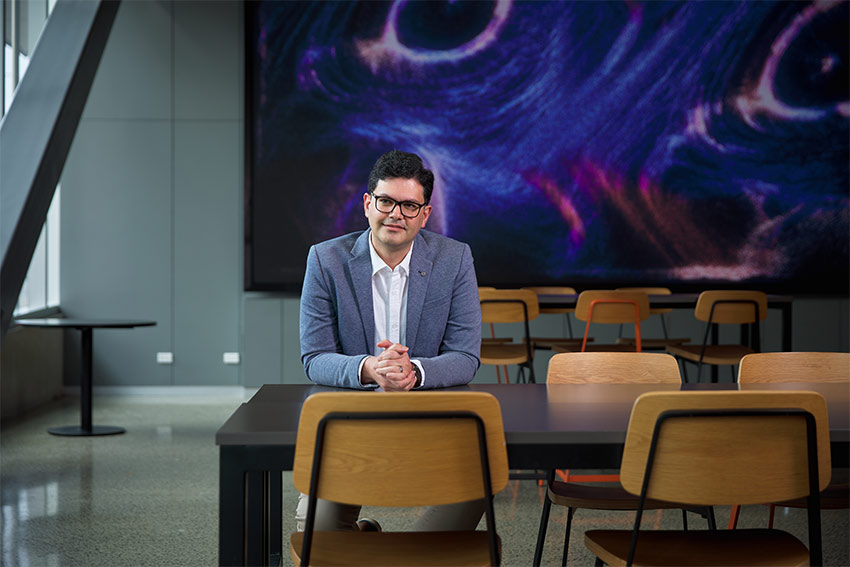Dr Shahab Ramhormozian interview

“The experience that we had in Christchurch earthquake series really highlighted the importance of low damage construction,” AUT Associate Professor of seismic engineering Dr Shahab Ramhormozian says, on HERA podcast Stirring the Pot.
“What this means is that even if you design a building which is code compliant, and [is designed to] perform well in a severe earthquake, there is always the chance that the earthquake you get is not what you designed the building for.”
Speaking to HERA’s Rebecca Symonds, Shahab says his interest in seismic engineering began at a young age. He grew up in Iran – a country that, much like Aotearoa, is earthquake prone.
“At high school, I became interested in physics and how we could use mathematics to solve physical problems and to predict what would happen [in a real-world situation.]
“Since childhood I was very interested in earthquakes and how buildings behave [in them] and I respected earthquake engineers.”
Last year, Shahab received the Heavy Engineering Research Association (HERA’s) INNOV8 Research Impact award.
The award celebrates work that has positive social, environmental, economic, cultural or economic outcomes and is focused on focused on intergenerational wellbeing.
Shahab is known for his innovative work in structural and earthquake engineering - specifically the development of sustainable seismic resistance systems for buildings.
When implemented, these systems ensure buildings suffer no structural damage during severe earthquakes, therefore significantly reducing the cost of earthquakes on the built environment.
One of these systems, known as the Optimised Sliding Hinge Joint (OSHJ), was developed by Shahab in his PhD research. This has already been used in several new buildings across New Zealand.
The system is relatively affordable, and its concept can be used across a range of building types - including to strengthen pre-existing structures.
Shahab is developing these systems in collaboration with Charles Clifton (University of Auckland) and Gregory MacRae (University of Canterbury), as well as his national and international collaborators from academia and industry.
In 2022, Shahab received an $8.2 million grant for the five-year research programme, ‘Sustainable Earthquake Resilient Buildings for a Better Future,’ from the New Zealand Government's Ministry of Business, Innovation and Employment’s Endeavour Fund.
To hear more from Shahab, check out the Stirring the Pot podcast at the link below.